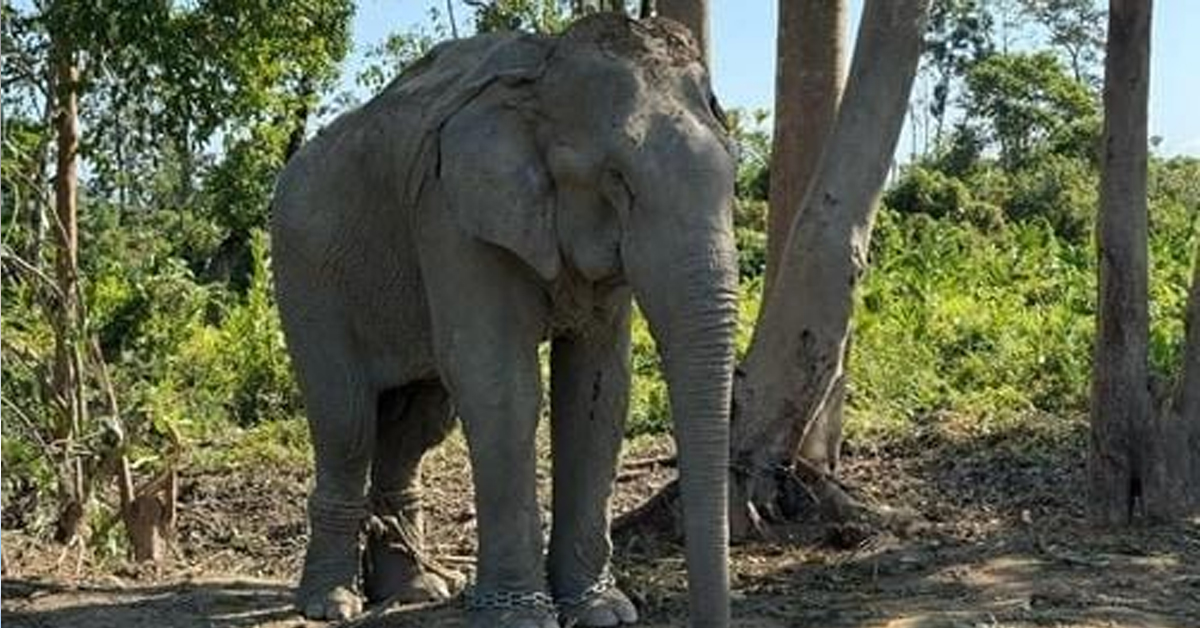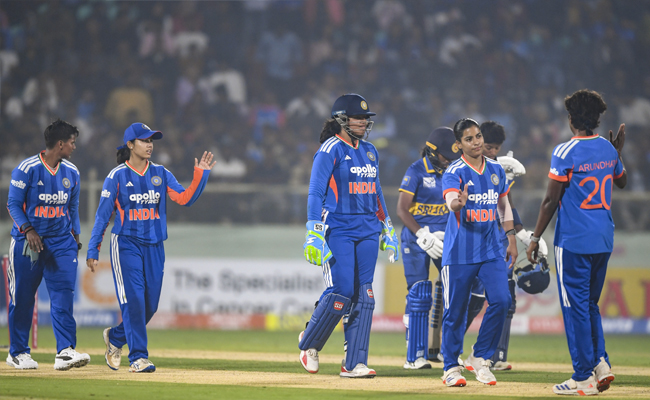Mangaluru: The Bharatiya Janata Party (BJP) announced its list of 189 candidates for the upcoming Karnataka elections, with a few unexpected changes in the Dakshina Kannada district. The announcement came on Sunday, with a few major surprises in store for the people of Karnataka.
One of the most noteworthy changes is the ticket given to Bhagirathi Murulya from Sullia, leaving the incumbent minister Angara out of the race. This decision has come as a shock to many as Angara was considered a strong candidate in the region.
In another unexpected move, the BJP has given the ticket to Ex-G.P. Member Satish Kumpala from Mangalore (Ullala). This decision has raised eyebrows, as Kumpala was not seen as a frontrunner for the ticket.
Former Zilla Panchayat president Asha Thimmappa Gowda has also been given the ticket from Puttur, leaving sitting MLA Sanjiva Mathandur out of the race.
However, all other sitting MLAs in the Dakshina Kannada district have been given tickets again. Vedavyasa Kamath from Mangalore South, Dr. Bharat Shetty from Mangalore North. Rajesh Naik from Bantwala, Umanath Kotyan from Moodbidri, and Harish Poonja from Belthangady will again be BJP candidates.
The BJP's decision to field new faces in some constituencies has come as a surprise to many, especially in Dakshina Kannada district, which is considered a BJP stronghold.
The Karnataka elections are scheduled to be held on May 1, and the results will be declared on May 13.
Let the Truth be known. If you read VB and like VB, please be a VB Supporter and Help us deliver the Truth to one and all.
Pilibhit (PTI): A 19-day-old elephant calf, brought from Bijnor, was placed under care at the Pilibhit Tiger Reserve (PTR) on Sunday, an official said and added that the calf got separated from its mother in the forest area of Bijnor.
The calf was born on December 2 in the Bijnor forest area and got separated from its mother shortly after birth, the official said.
The forest department made several attempts to reunite it with its mother, but without any success. To ensure the calf's safety and better care, it was decided to transfer it to the Pilibhit Tiger Reserve on the instructions of senior officials.
On Saturday, Deputy Director Manish Singh received the calf. Special arrangements have been made in the reserve for its care. It has been kept in a safe and clean environment to provide it with a natural setting and protect it from external noise and disturbances.
Singh told reporters that raising an 19-day-old calf is challenging.
It requires a special diet as a substitute for mother's milk and constant monitoring.
He said a special team has been formed to provide 24-hour care. Since the calf is very young, it is being cared for like a newborn baby.
According to Singh, the primary responsibility for monitoring the calf's health has been entrusted to PTR's veterinarian, Dr Daksh Gangwar. Under his supervision, a complete record of the calf's health checkups, diet, and body temperature is being maintained. The team is ensuring that the calf does not contract any infection.





